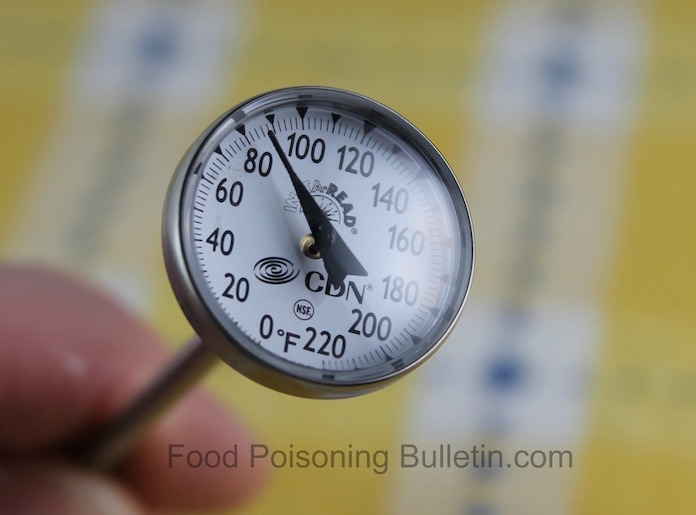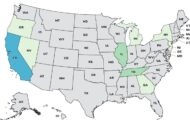Clostridium perfringens food poisoning cases tend to spike around the holiday season. This bacteria causes almost 1,000,000 cases of food poisoning every year. The bacteria grows when large pots and containers of food are not kept from the danger zone of 40°F to 140°F. Restaurants, nursing homes, potlucks, and large parties are usually the sources of this type of outbreak. So FoodSafety.gov is offering tips to help stop this type of food poisoning.

The bacteria is found on raw meat and poultry, in the environment, and in the intestines of people and animals. Some strains produce a toxin as the bacteria grows.
This type of food poisoning has a sudden and fast onset, usually within a few hours of exposure to the pathogenic bacteria. Diarrhea is the main symptoms. This type of infection does not cause fever or vomiting.
Two outbreaks that occurred on Thanksgiving Day this year sickened hundreds of people and killed three. An outbreak at Golden Ponds restaurant in Greece, New York sickened 260 people. Clostridium perfringens bacteria was found in the gravy that was made and stored in a single large pot. And in Antioch, California, Clostridium perfringens sickened 25 and killed three people after a meal served at the American Legion Hall.
To prevent these types of outbreaks, it’s crucial that anyone who serves food to others understands food safety. All foods should be cooked to a safe temperature, then kept either above 140°F or below 40°F to prevent bacterial growth. That can be difficult to do when you are serving large groups of people. It’s critical that food servers check the temperatures of all foods while they are on a buffet line.
Leftover foods should be refrigerated as soon as possible, in small containers. Never put a large pot of gravy, soup, or pot roast into the fridge. Divide the food into smaller portions. And remember that all leftovers should be heated to at least 165°F before eating. Check all temperatures of foods with a reliable food thermometer.
And if you aren’t completely sure that a food is safe, throw it out. The cost of replacing the food is much less than the cost of medical treatment for a foodborne illness.




